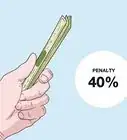This article was co-authored by Clinton M. Sandvick, JD, PhD. Clinton M. Sandvick worked as a civil litigator in California for over 7 years. He received his JD from the University of Wisconsin-Madison in 1998 and his PhD in American History from the University of Oregon in 2013.
There are 7 references cited in this article, which can be found at the bottom of the page.
wikiHow marks an article as reader-approved once it receives enough positive feedback. In this case, 83% of readers who voted found the article helpful, earning it our reader-approved status.
This article has been viewed 398,303 times.
In the event that your car title is stolen, or if the title becomes damaged or misplaced, you can obtain a replacement title from your state's Department of Motor Vehicles (DMV) or the bureau that governs motor vehicle registration in your state or local area. Although the process for obtaining a replacement title may vary slightly depending on where you reside, in most cases, you will be required to fill out an application for a new title and pay the applicable fees. Your state's DMV will then issue you a new car title by mail or in person.
Steps
Obtaining the Application
-
1Get an application online. In most states, you can print a copy of the application form directly from the website for your state's DMV.
- The web site DMV.org is a useful, nationwide source of information. It is not connected to any state’s official department of motor vehicles, but it provides useful information, such as web sites, addresses and telephone numbers for each state’s official DMV. Go to DMV.org and select your state from the "Choose Your State" drop-down menu, or scroll below the map of the United States and click on the name of your state. You will then be taken to a page that contains links for your state's DMV website and the application for replacing your car title.[1]
-
2Get an application in person at the DMV. If you do not have Internet access, refer to your local phone directory or visit any full-service DMV office in person to obtain a copy of the application needed to replace your car title.Advertisement
-
3Request an application by phone or by mail. If you prefer, you can usually call the DMV for your state and have an application mailed to you. Be sure to specify that you need the application for a lost or replacement title, as opposed to an original title for a new car. They will be different.
Collecting the Necessary Paperwork
-
1Find out what you need for obtaining the replacement title. Most states will require you to pay fees and bring forms of personal identification and information specific to your car, such as insurance and registration. You can usually find out what you need very easily by checking your state’s DMV web site, or by calling the customer service number for your DMV.
-
2Find out about and prepare the required fee. Most states will charge a fee for replacing the Certificate of Title, but it will be nominal. In Texas, for example, if you apply by mail, the fee is $2; if you apply in person, it is $5.45.[2] In California, a replacement title is $20,[3] while in Massachusetts it is $25.[4] It goes as high as $53 in Pennsylvania.[5] You will want to find out ahead of time what your state’s fee is.
-
3Have your registration and other identification ready. In order to request a duplicate title, in most states, you will have to show your driver’s license, or provide the driver’s license number if you are applying online. You will also need the car’s VIN (Vehicle Identification Number), which is usually available on your registration paperwork. Be careful to report the VIN precisely, as it is a long combination of numbers and letters. One mistake will delay your efforts to replace your title.[6]
- You can also find the VIN on the car itself by looking for the metal tag in the far front left corner of the dashboard, just under the windshield.
Completing and Submitting the Application
-
1Complete the application form. The information you are required to provide will vary depending on your state's DMV policies. Be sure to provide all information carefully and accurately. The Certificate of Title is the single document that demonstrates your ownership of your car, and even minor errors can cause serious complications later if you want to sell or transfer the car. Application forms generally will ask for some or all of the following information:
- Name (this should be printed exactly as it appears on your registration)
- Address. The DMV in most states will only mail the new Certificate of Title to the address that is already on file in their records. If you are at a new address, you will first have to complete the procedure for changing your address.[7]
- Contact information
- Driver’s license number
-
2Provide information that identifies your car. Most of the information that you will need for a duplicate title can be found in your registration or insurance paperwork. Some examples of typical requests are:
- Vehicle Identification Number (VIN)
- License plate number
- Your car's make, model, and body color
- Original title number, if available
- Current odometer reading
-
3Provide lien-holder information, if applicable. In some states, the lien-holder may be required to be the one to submit the application. For example, in Illinois the Certificate of Title will only be mailed to the lien-holder, if there is one. If not, it will be mailed directly to the owner.[8]
-
4Indicate your reason for requesting a replacement title. You can indicate whether your car title was lost, stolen, or damaged, or you may provide an alternate explanation. In some states, if the reason for the duplicate is that the original certificate was damaged, you will be expected to return the damaged certificate along with your application.
-
5Sign the application. In some cases, you may be required to sign the application in front of a DMV representative or sign it in front of a Public Notary before submitting it to the DMV. Call ahead or check your DMV web site to see if this is a requirement for your state.
-
6Take your application with the required fees and documents to the DMV. After the DMV has received your application for the replacement car title, they will issue the new title. In order to protect against fraud, most states will not mail out the replacement title for 15 to 30 days.[9]
Warnings
- Accuracy is incredibly important. Be careful when completing all paperwork related to your car’s title. Even something as minor as an incorrect middle initial or a single digit of your VIN could stand in the way of a future transfer of your car.⧼thumbs_response⧽
References
- ↑ http://www.dmv.org/replacing-a-lost-title.php
- ↑ http://www.txdmv.gov/motorists/buying-or-selling-a-vehicle/get-a-copy-of-your-title
- ↑ https://www.dmv.ca.gov/portal/dmv/?1dmy&urile=wcm:path:/dmv_content_en/dmv/pubs/brochures/fast_facts/ffvr34
- ↑ http://www.dmv.org/ma-massachusetts/replacing-a-lost-title.php
- ↑ http://www.dot.state.pa.us/public/dvspubsforms/BMV/BMV%20Forms/MV-38O.pdf
- ↑ http://www.dmv.org/replacing-a-lost-title.php
- ↑ https://dmv.ny.gov/registration/replace-title-certificate
- ↑ https://www.cyberdriveillinois.com/departments/vehicles/title_and_registration/duplicate_titles.html
- ↑ https://dmv.ny.gov/registration/replace-title-certificate
About This Article
If you need to get a replacement title for your car, visit the website for your state’s DMV. Browse the site until you see applications for a replacement title. Print out the form and fill it out, and follow any instructions on the form or website regarding any personal identification or proof of ownership of the car, like your driver’s license or vehicle registration. Depending on where you live, you may need to have the form notarized. Once it’s completed, take the application to your DMV. Typically, the new title will be mailed to you within 30 days. Keep reading for advice from our legal co-author on how to request an application through the mail!
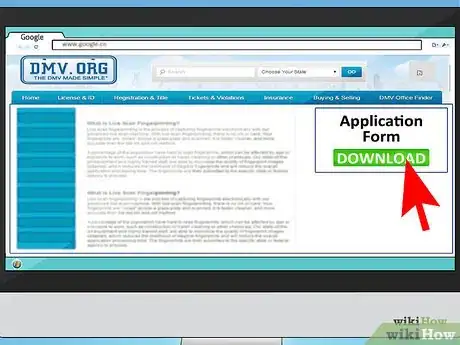
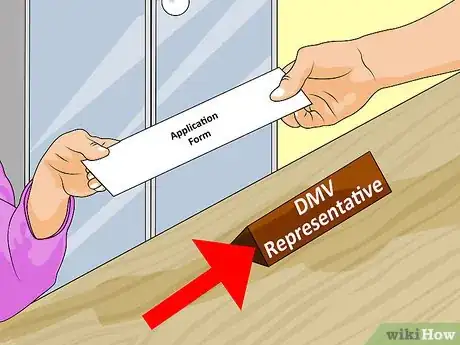

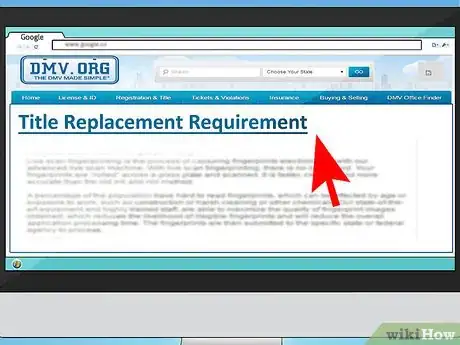
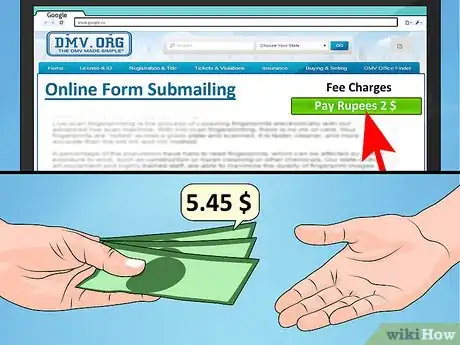
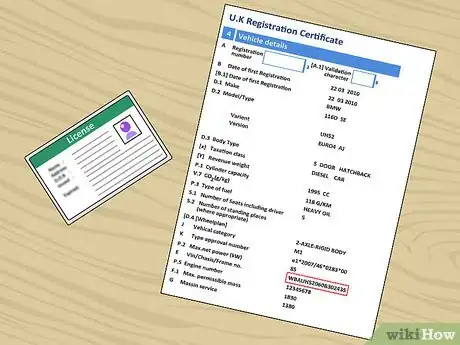
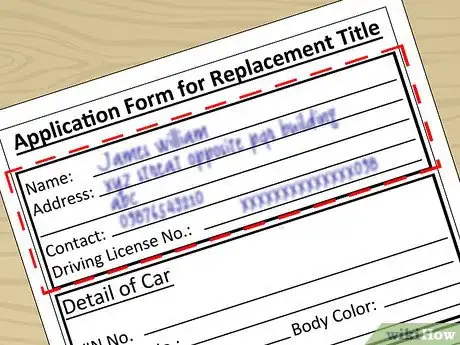
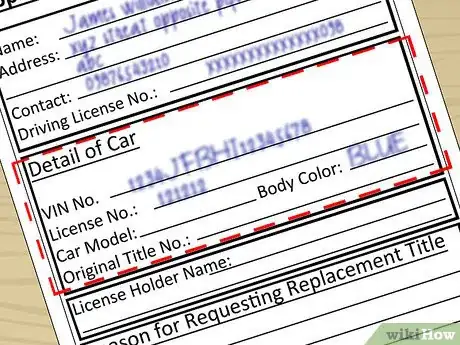
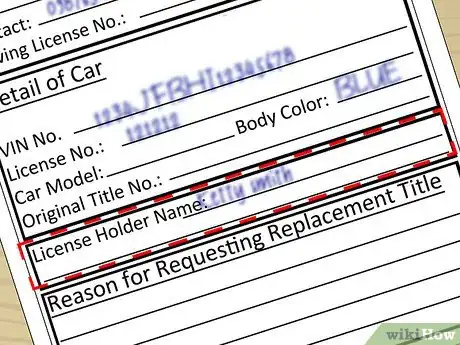
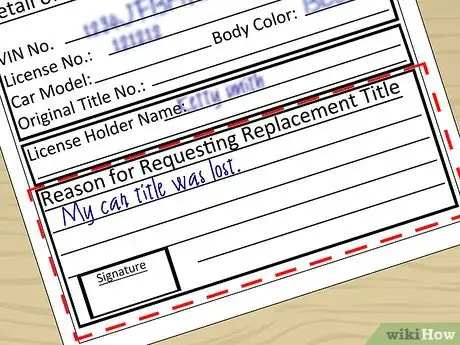


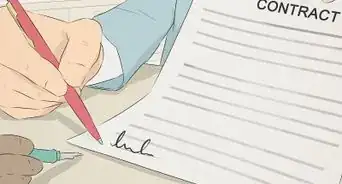
-Step-17.webp)

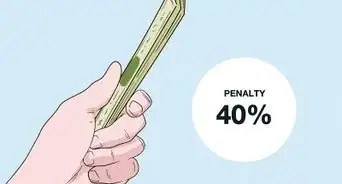
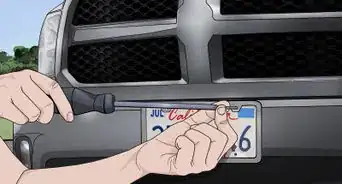


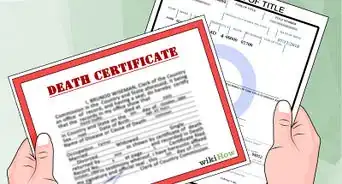

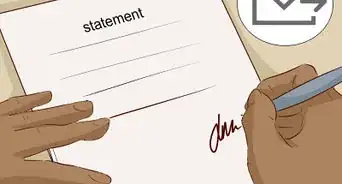

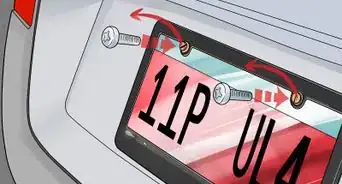
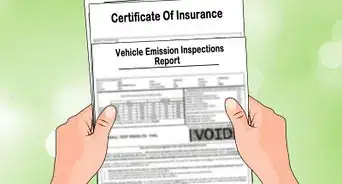
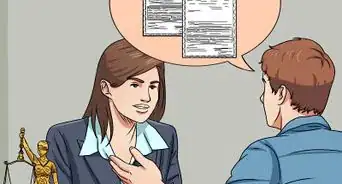











-Step-17.webp)

